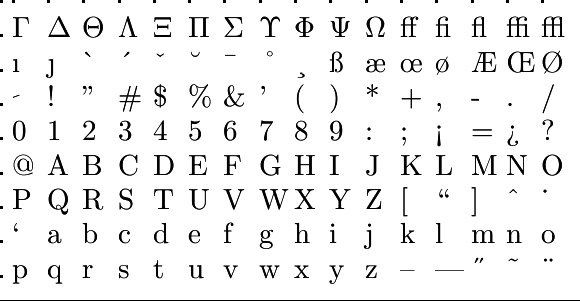Exponential and logarithmic growth: Future value
 Future value without additional contribution
Future value without additional contribution
We assume a start capital #S_0# (also called initial value) that is deposited in a bank over a number #n# periods (e.g., years) on the basis of compound interest at a certain rate per period. We are interested in the future value (also known as the terminal value) after the duration #n# if no additional money is deposited in the interim. The interest rate determines the growth rate. We describe the results in terms of growth rate.
Formula for future value without additional contribution
The future value #S(n)# of an initial capital #S_0# after #n# periods with growth rate #i# equals
\[ S(n)=S_0\cdot\left(1+i\right)^n\]
The growth rate is also called growth perunage or interest rate.
In Financial Arithmetic, the factor #\left(1+i\right)^n# is often denoted by #S_{\left.n\right \rceil i}#.
The example below shows what this means in practice.
Calculate the future value rounded to two decimal places.
Here, the growth rate is #i = \frac{0.9}{100}=0.009#. The number of periods is #n=13#. According to the formula, the future value is
\[ S_0\cdot\left(1+i\right)^n = 10000 \cdot(1.009)^{13} =10000 \cdot{1.12353}\cdots\approx 11235.31 \]

Or visit omptest.org if jou are taking an OMPT exam.



